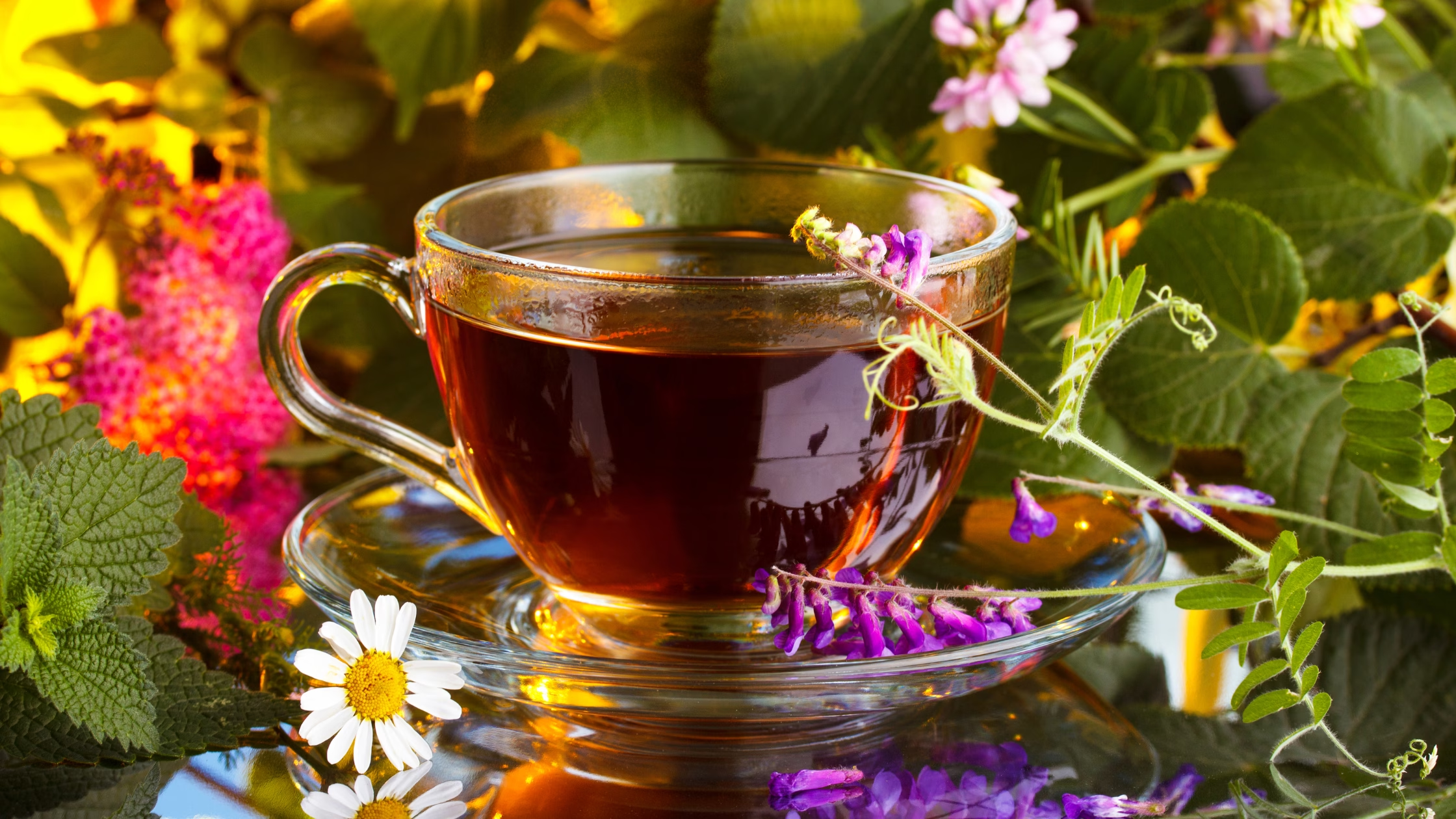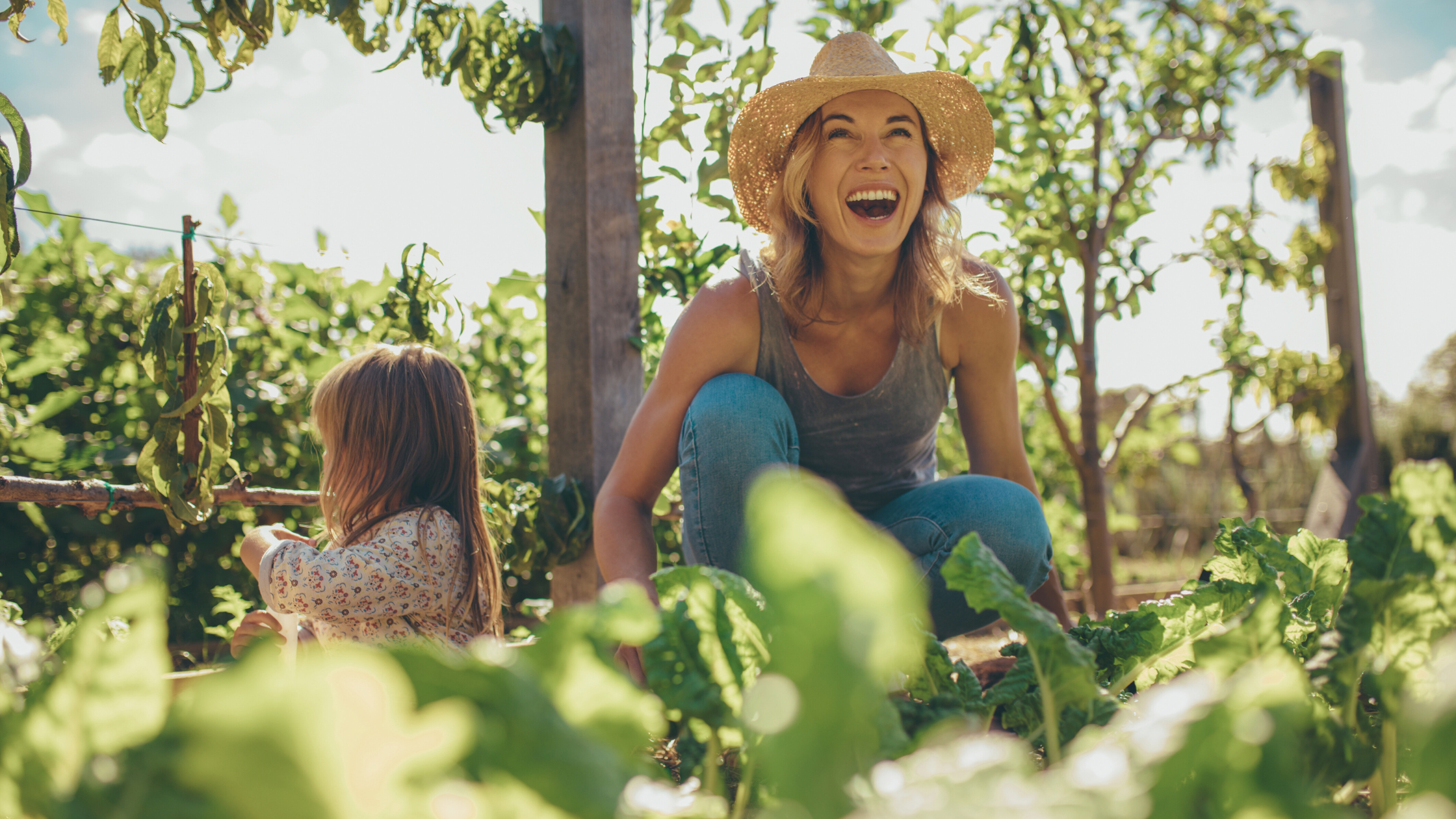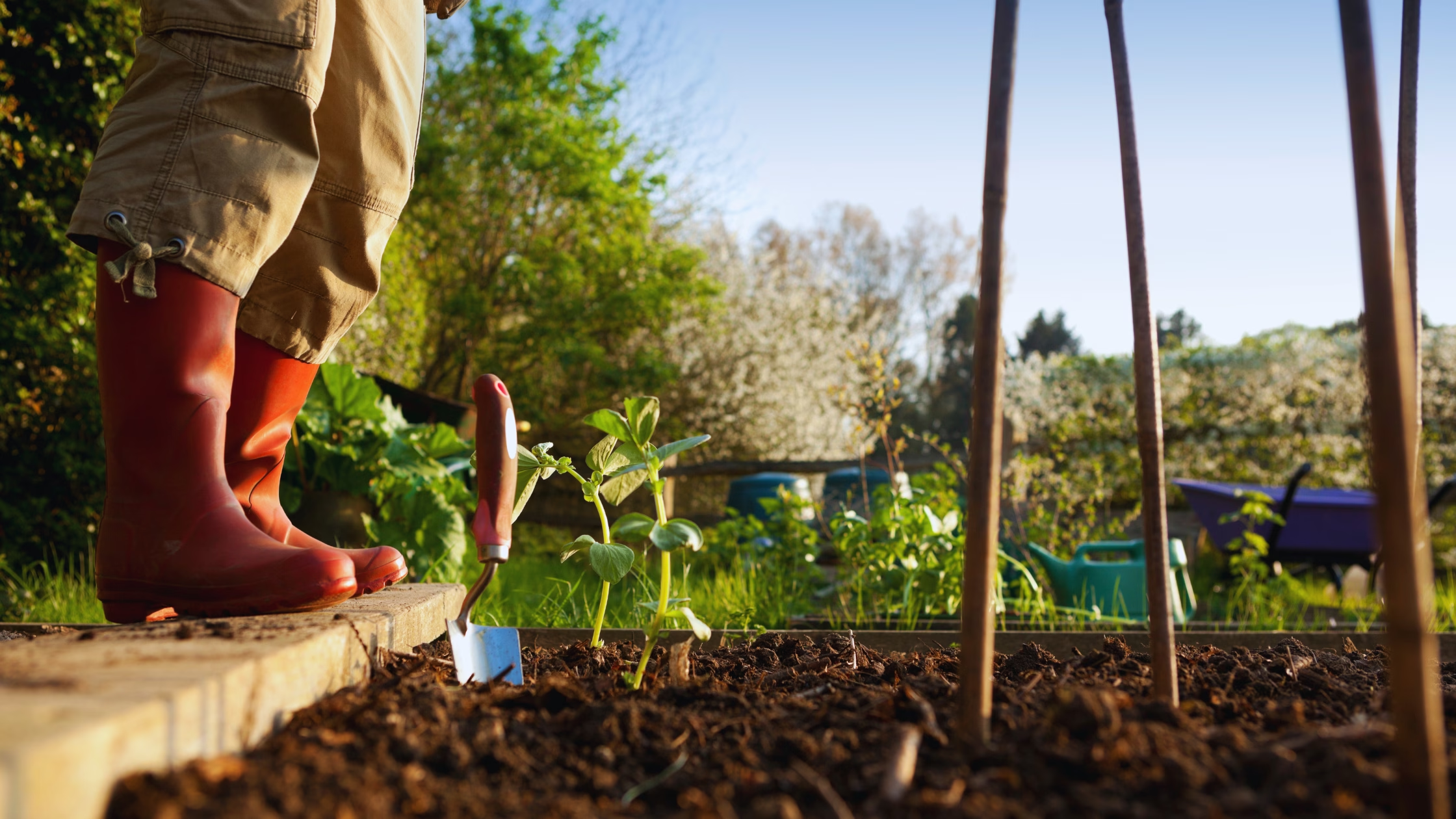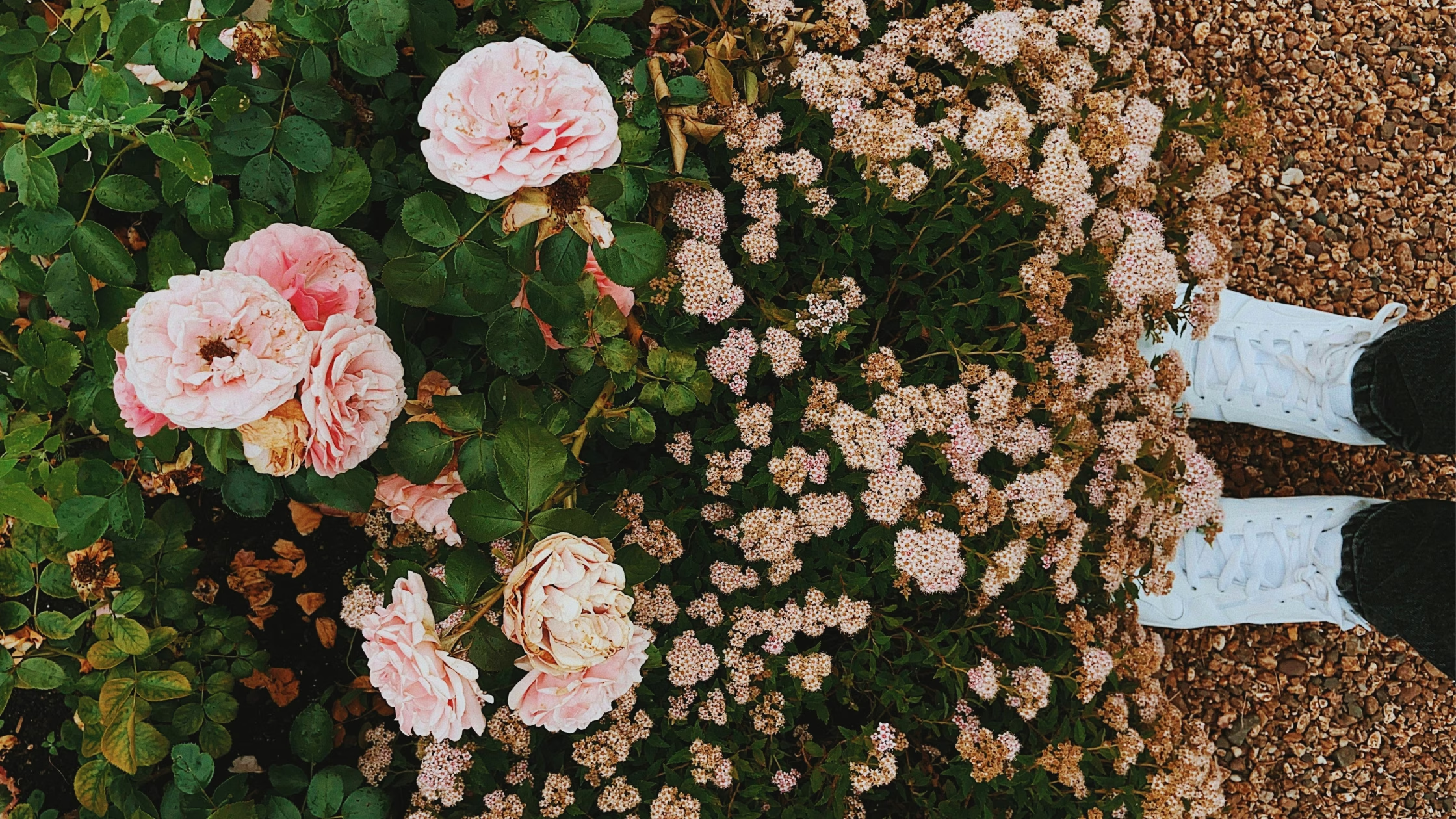Imagine stepping outside to pick fresh herbs for your morning tea, knowing exactly where your brew came from and reaping its natural health benefits. Growing your own tea garden isn’t just rewarding – it’s an easy, beautiful way to connect with your plants on a deeper level while saving money on store-bought blends. Whether you’re a seasoned gardener or just getting started, here’s everything you need to know to grow, harvest, and enjoy your very own tea garden at home.
1. Why Grow Your Own Tea Garden?
•Freshness & Purity: No hidden additives, pesticides, or preservatives.
•Cost-Effective: A small investment yields endless cups.
•Health Benefits: Herbs support digestion, immunity, relaxation, and more.
•Sustainable: Reduce packaging waste and your carbon footprint.
•Therapeutic Gardening: Caring for tea plants is calming and rewarding.
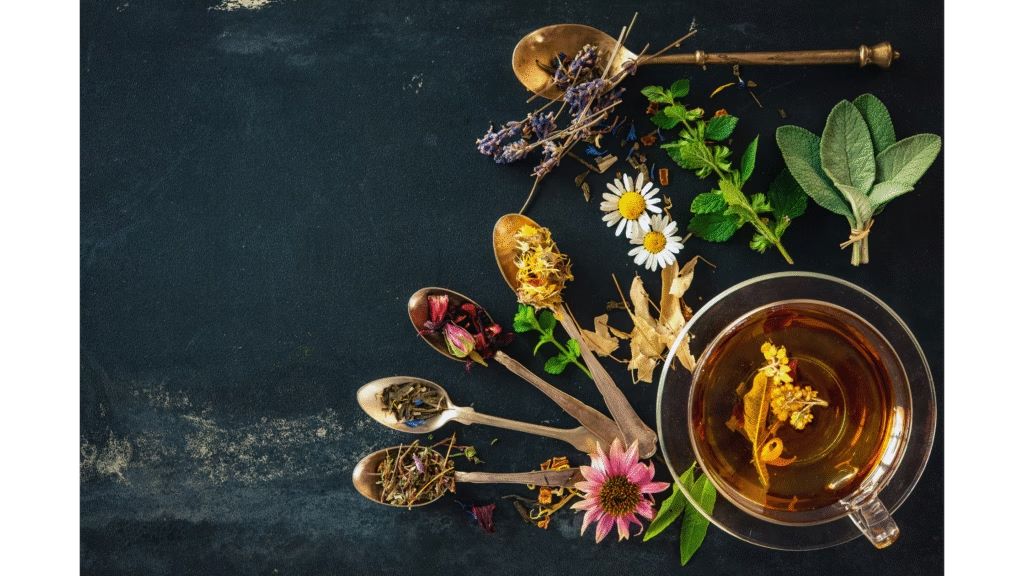
2. Best Plants to Grow for Your Tea Garden
Here are the top herbal teas to grow, their benefits, and growing tips:
Chamomile:
•Benefits: Promotes sleep, eases digestion, reduces stress.
•Growing Tips: Full sun, well-draining soil. Harvest flowers when fully open.
- Shop seeds: Organic German Chamomile Seeds for abundant blooms.
Peppermint:
•Benefits: Soothes digestion, relieves headaches, energizes.
•Growing Tips: Plant in containers to contain spread. Prefers partial shade.
- Shop: Peppermint Starter Plants for quick harvesting.
Lemon Balm:
•Benefits: Calms anxiety, aids sleep, supports cognitive function.
•Growing Tips: Thrives in containers, partial to full sun, keep soil moist.
- Shop: Non-GMO Lemon Balm Seeds for easy germination.
Lavender:
•Benefits: Reduces stress, promotes relaxation, and supports skin health when used topically.
•Growing Tips: Full sun, well-draining soil, don’t overwater. Harvest buds before full bloom for tea.
- Shop: English Lavender Seeds for culinary-safe blooms.
- Related article: The Best Uses of Lavender For Garden and Home
Lemongrass:
•Benefits: Anti-inflammatory, supports digestion, refreshes and energizes.
•Growing Tips: Needs warmth and sunlight, keep soil moist but not soggy.
- Shop: Lemongrass Live Plant – grows quickly indoors or out.
Rosemary:
•Benefits: Boosts memory and focus, rich in antioxidants.
•Growing Tips: Full sun, dry well-drained soil, prune regularly to encourage growth.
- Shop: Organic Rosemary Seeds.
Calendula (Pot Marigold):
•Benefits: Supports immune health, anti-inflammatory, skin-soothing properties.
•Growing Tips: Thrives in full sun, deadhead regularly to encourage more blooms.
- Shop: Calendula Tea Seeds.
Dandelion:
•Benefits: Supports liver health, aids digestion, and acts as a gentle detoxifier. Dandelion tea is also rich in vitamins A, C, and K, plus minerals like calcium and iron.
•Growing Tips: While dandelion is technically a weed and often grows wild, you can cultivate it intentionally in pots or your garden. Harvest young leaves before flowering for a milder taste or use the roots for a robust, coffee-like tea.
•If you notice these “weeds” popping up in your yard or garden beds, think twice before pulling them out – your liver might thank you later.
- Shop: Organic Dandelion Root Tea Bags if you prefer a ready-to-steep option without harvesting from your lawn.
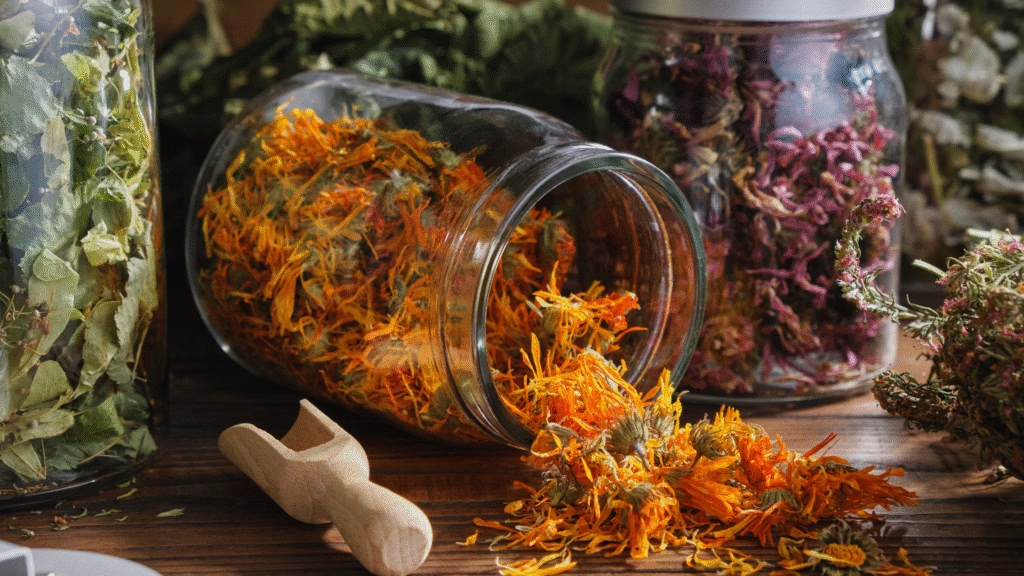
3. How to Harvest and Dry Your Tea Herbs
•Harvesting Tips:
- Pick herbs in the morning after dew has evaporated.
- For flowers (chamomile, calendula), harvest when fully open.
- For leaves (mint, lemon balm, rosemary), pick young, tender leaves before flowering for best flavor.
•Drying Methods:
- Air drying: Tie small bundles and hang upside down in a dark, dry, well-ventilated space.
- Dehydrator: Dry at low temperatures (95-115°F) until fully crisp.
- Oven: Place on parchment, heat on lowest setting with door ajar.
•Storage:
Store dried herbs in airtight containers away from light and moisture to preserve flavor and potency.
4. How to Brew Your Homegrown Tea
- Measure: 1-2 teaspoons of dried herbs (or a small handful of fresh herbs) per cup.
- Steep: Pour hot water (not boiling for delicate herbs like chamomile) and cover. Steep for 5-10 minutes.
- Strain: Remove herbs and enjoy plain or with honey and lemon.
- Shop: This stainless steel tea infuser set makes steeping loose herbs easy and mess-free.
5. Design Tips for a Beautiful Tea Garden
•Create a dedicated tea garden container with multiple herbs grouped together.
•Place plants in decorative pots for a balcony or patio tea corner.
•Use hanging baskets for mint or lemon balm to save space.
•Label plants with pretty wooden herb markers for a cottagecore vibe.
•Add a small bistro table to sip your tea right next to your harvest.
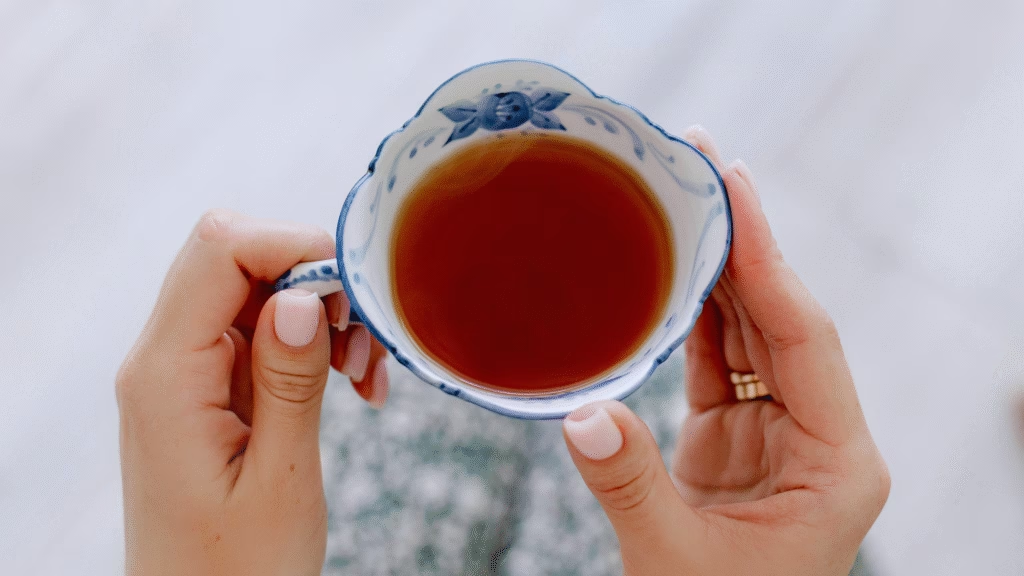
Growing your own tea garden is a beautiful, nourishing way to bring nature’s remedies into your daily life. From calming chamomile to refreshing peppermint, each cup you brew will connect you to your garden’s simple magic. Start small with a few favorites and expand as your confidence grows – your future self, mug in hand, will thank you.
